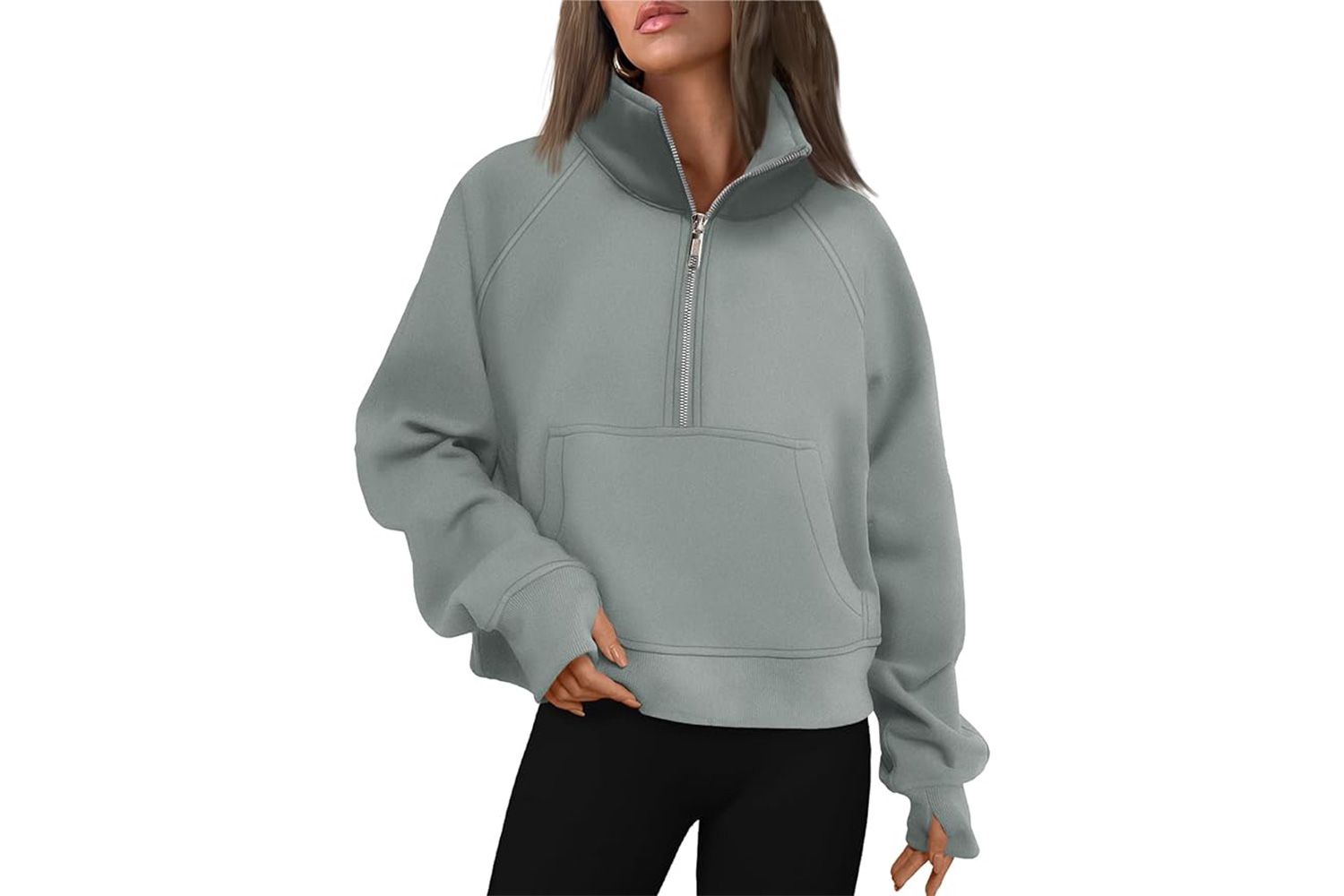Purpose of Dorito Stitch in Cotton Sweatshirts
Dec 24th 2024
When looking at an old high-end cotton sweatshirt, you may have noticed a small triangular stitch around the collar area—often referred to as a "Dorito" stitch or a "V-stitch."
But what exactly is the Dorito stitch, and why is it disappearing from sweatshirts nowadays?
For starters, this small but notable feature is not just decorative. It's a key design element that significantly improves the sweatshirt's overall fit, durability, and aesthetic appeal.
What is the Dorito Stitch?
The Dorito stitch, also called the V-stitch or V-insert, is a small triangular reinforcement often sewn into the sweatshirt at the neckline. It usually appears where the shoulders meet the collar, forming a "V" shape in the front center of the shirt.
The name "Dorito" comes from the familiar triangular shape that resembles the popular triangular snack. The stitch typically serves both a functional and aesthetic purpose in the garment.
Historically, this feature was used to reinforce the neckline and prevent wear and tear, especially with the fabric stretching that occurs over time due to the constant movement around the shoulders and neck area.
The Origins of the Dorito Stitch
While many people may not realize it, the Dorito stitch (or V-stitch) actually has deep roots in the construction of athletic wear. The design was introduced for its functional benefits.
Early sweatshirts were basically designed for athletes and manual laborers, who would wear them during intense physical activity. These folks needed sweatshirts that could withstand heavy movements, prevent chafing, and avoid fabric stretch that might affect their shirt's comfort and life span.
Over time, the Dorito stitch became a distinctive feature, especially in heavyweight cotton sweatshirts, for the following reasons:

1. Reinforcement for Durability
The Dorito stitch reinforces the fabric around the neck and shoulder, which often bears the brunt of stress from regular wear. This extra stitch helps prevent the fabric from sagging or losing its shape, which is important for everyday use.
2. Improved Fit and Comfort
Dorito stitch prevents the fabric from stretching out and ensures that the sweatshirt's fit remains intact. Reinforcing the neckline ensures that the collar sits properly on the shoulders without becoming too loose or too tight.
For sweatshirts with a slightly more fitted design, the Dorito stitch helps maintain a snug fit around the collar so the shirt doesn’t slip or stretch too much.
3. Aesthetic Appeal
Apart from functionality, V-stitch also adds an aesthetic appeal to sweatshirts. This small but noticeable triangular detail serves as a nuanced yet distinctive detail that adds a touch of craftsmanship, offering a well-thought-out finishing detail that emphasizes quality and attention to detail.
In many premium or high-end designs, the Dorito stitch is used as a style choice to give a subtle oomph to a basic sweatshirt.
4. Preventing Wear and Tear
For athletes or gym-goers who wear their sweatshirts during workouts, the fabric often undergoes significant strain. The Dorito stitch adds a layer of protection by distributing the tension more evenly and reducing the risk of the fabric fraying or ripping.
By adding a V-shaped stitch at the key stress point, the garment can stand the test of time, even under frequent use.
5. Designing for Functionality
In certain specialized athletic sweatshirts, the V-stitch serves a practical function. For example, in workout or gym sweatshirts, the V-stitch can enhance mobility by ensuring that the fabric around the neck and shoulders moves smoothly with the body during physical activity.
Athletes, in particular, appreciate this functionality when doing overhead presses, sprints, or yoga poses because the ability of the sweatshirt to adapt to its movement is a critical factor in comfort and performance. The V-stitch helps ensure the fabric doesn’t bunch up, chafe, or interfere with their range of motion.
Advancements in Fabric Technology
Dorito stitch once had a clear functional purpose, but modern designs have shifted toward lighter, more durable, and streamlined constructions. The shift reflects changes in consumer preferences and an overall move towards more minimalist aesthetics in fashion.
With advancements in fabric technology, modern cotton blends and other materials have become more durable and less prone to stretching. Newer production methods allow for stronger, more resilient necklines that don’t need the extra reinforcement the V-stitch provided.
For instance, ribbed knit necklines or reinforced stitching techniques are now used to ensure the sweatshirt maintains its shape over time. These alternatives can provide similar durability without the need for the V-stitch design, especially in less athletic-oriented sweatshirts.
Therefore, for today’s sweatshirt enthusiasts, the absence of the Dorito stitch doesn’t mean a compromise in quality or comfort—it’s simply a reflection of how sweatshirt design has adapted to the changing times. However, it still holds value, particularly for those who love vintage-inspired apparel.

